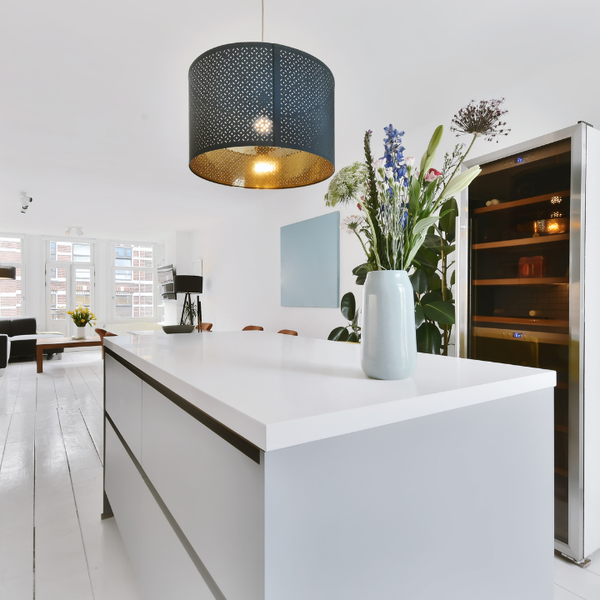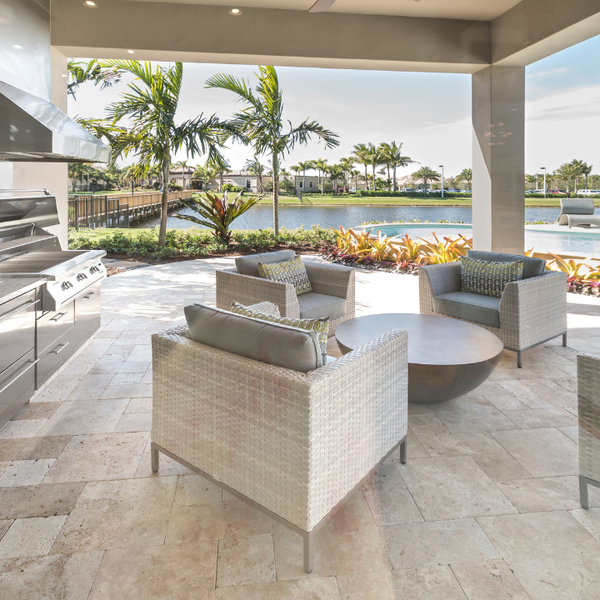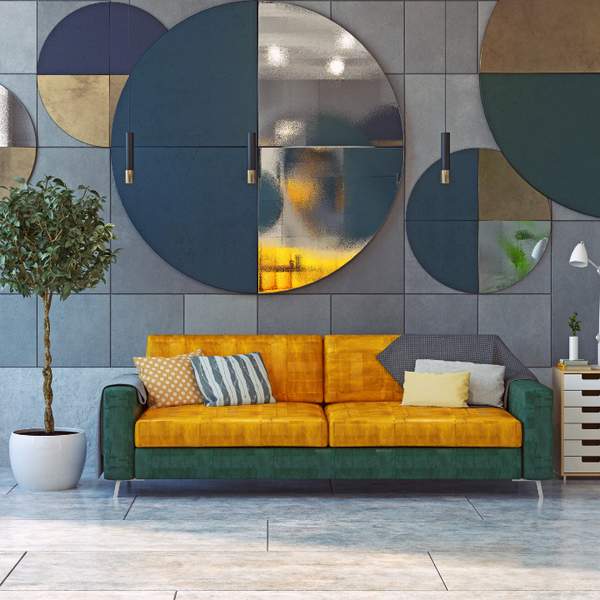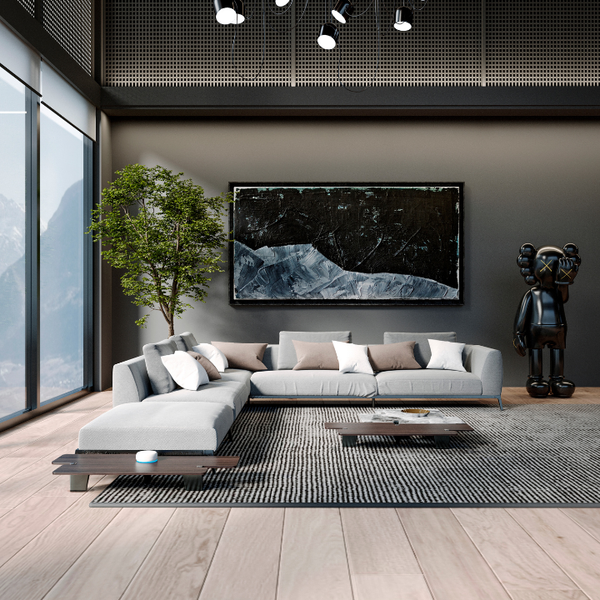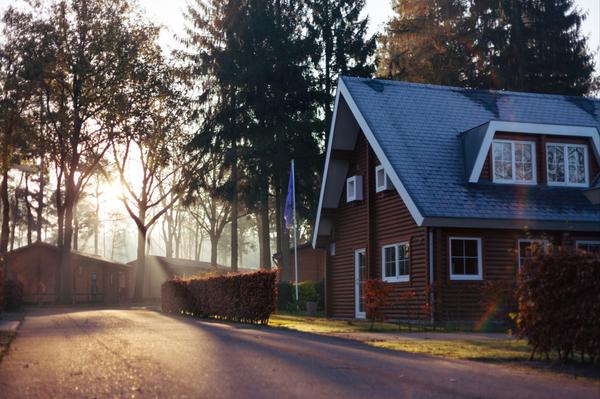7 Accent Wall Dos and Don'ts Every Homeowner Should Know
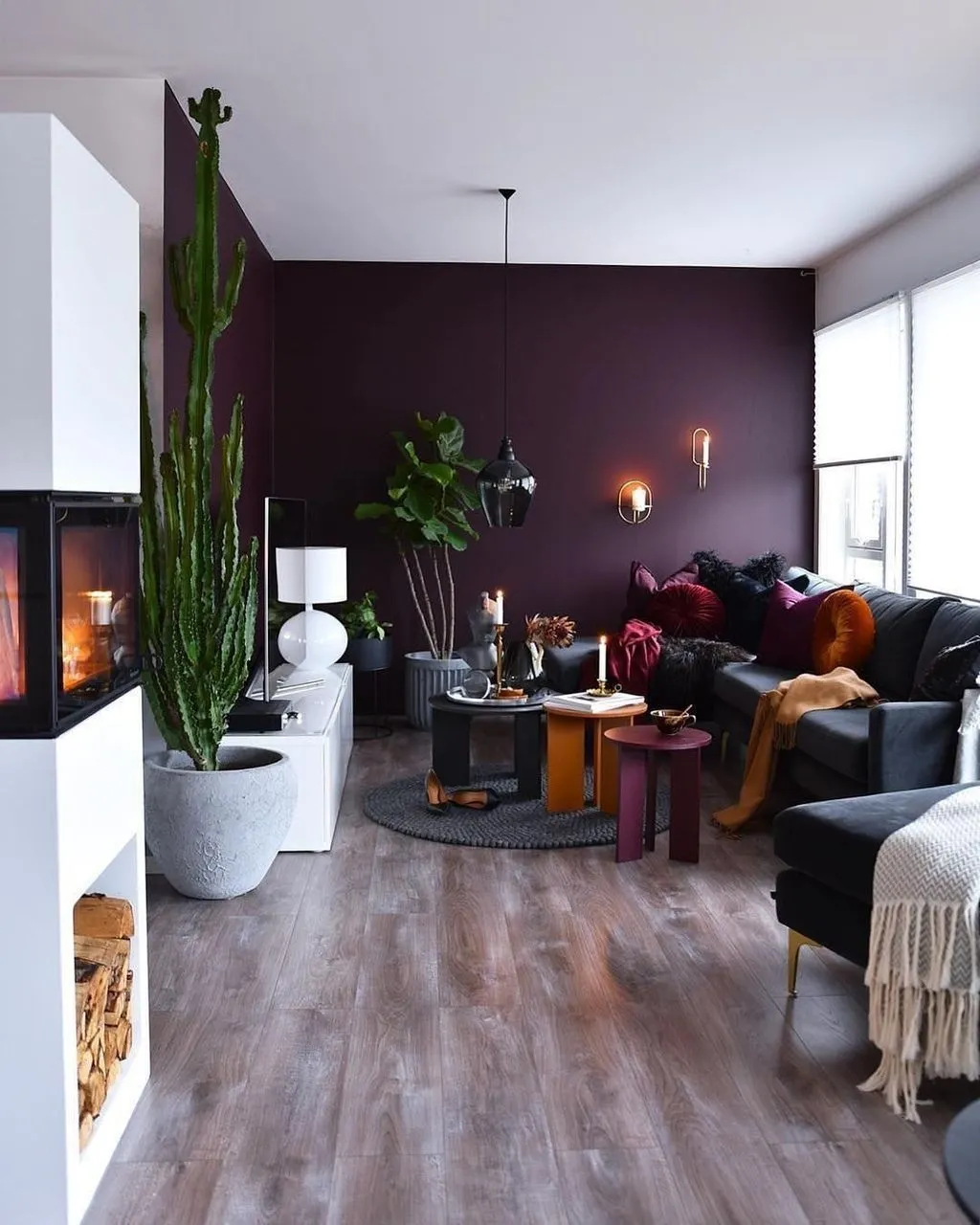
Choosing the right accent wall to enhance a room can be challenging. These walls are commonly found in living rooms and bedrooms, but they can also be incorporated into bathrooms, kitchens, hallways, home offices, or even on the exterior of your home.
An accent wall has the power to alter the size, shape, and ambiance of a room based on its location and color. When selecting the perfect wall and color for your accent, you have countless paint options as well as various surfaces and materials to consider.
The primary purpose of accent walls is to provide contrast, which is their most significant design contribution, surpassing even color or texture.
Now, let's explore five design "do's" and two "don'ts" when choosing the right space to feature. Let's begin with the "do's".
Creating Balance and Visual Harmony
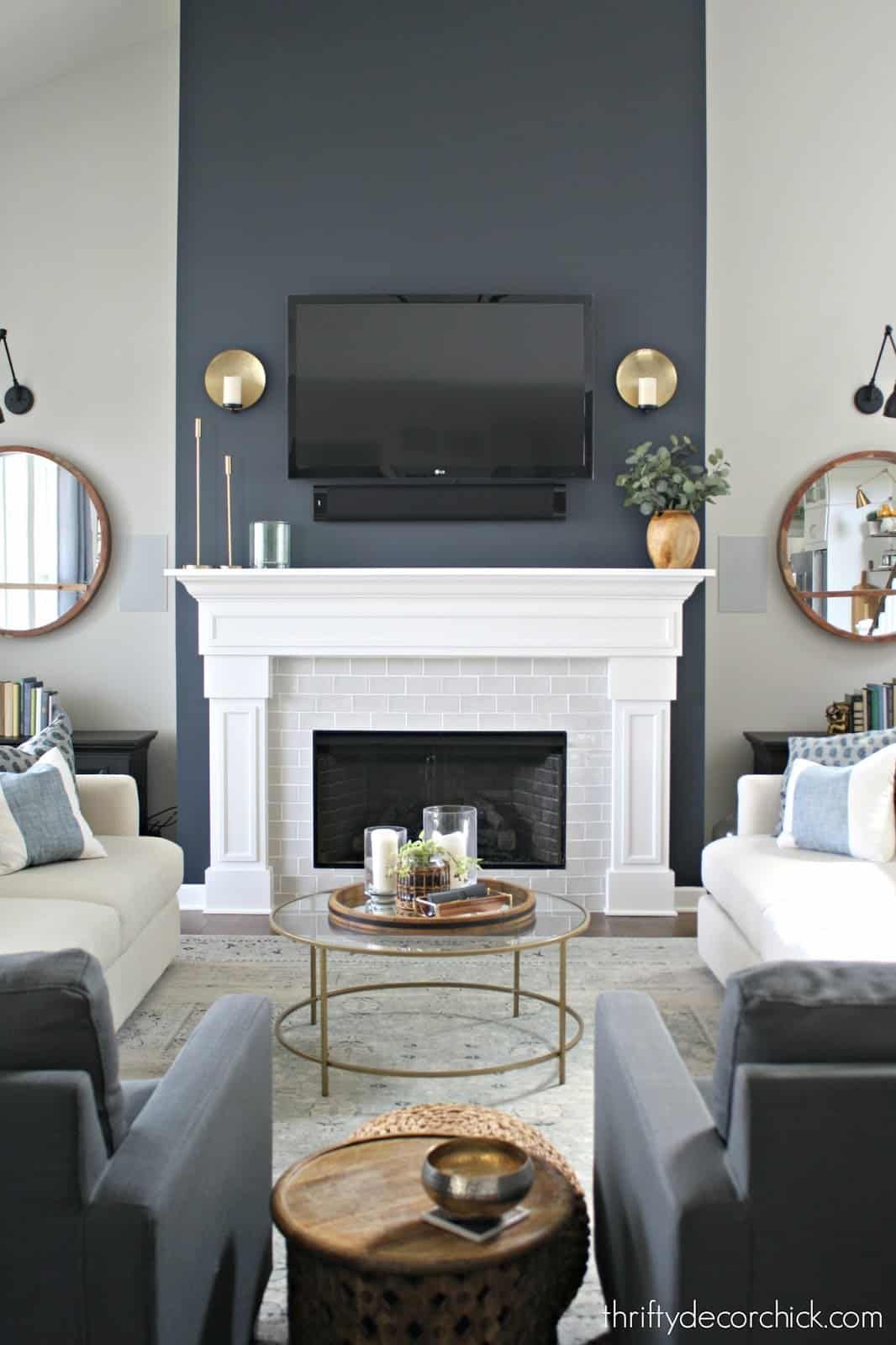
Symmetrical walls are another consideration for accent walls. For instance, you could paint an accent color on each side of a central fireplace. The accent colors form two tall rectangles on either side, creating a simple, pleasing design. Ensure these tall rectangles are substantial enough to avoid a visually choppy appearance. If your wall has doors or windows, ensure they're balanced and symmetrical. Remember, you're already introducing contrasting color or pattern, so avoid asymmetry.
Exploring Accent Walls in Inset Areas
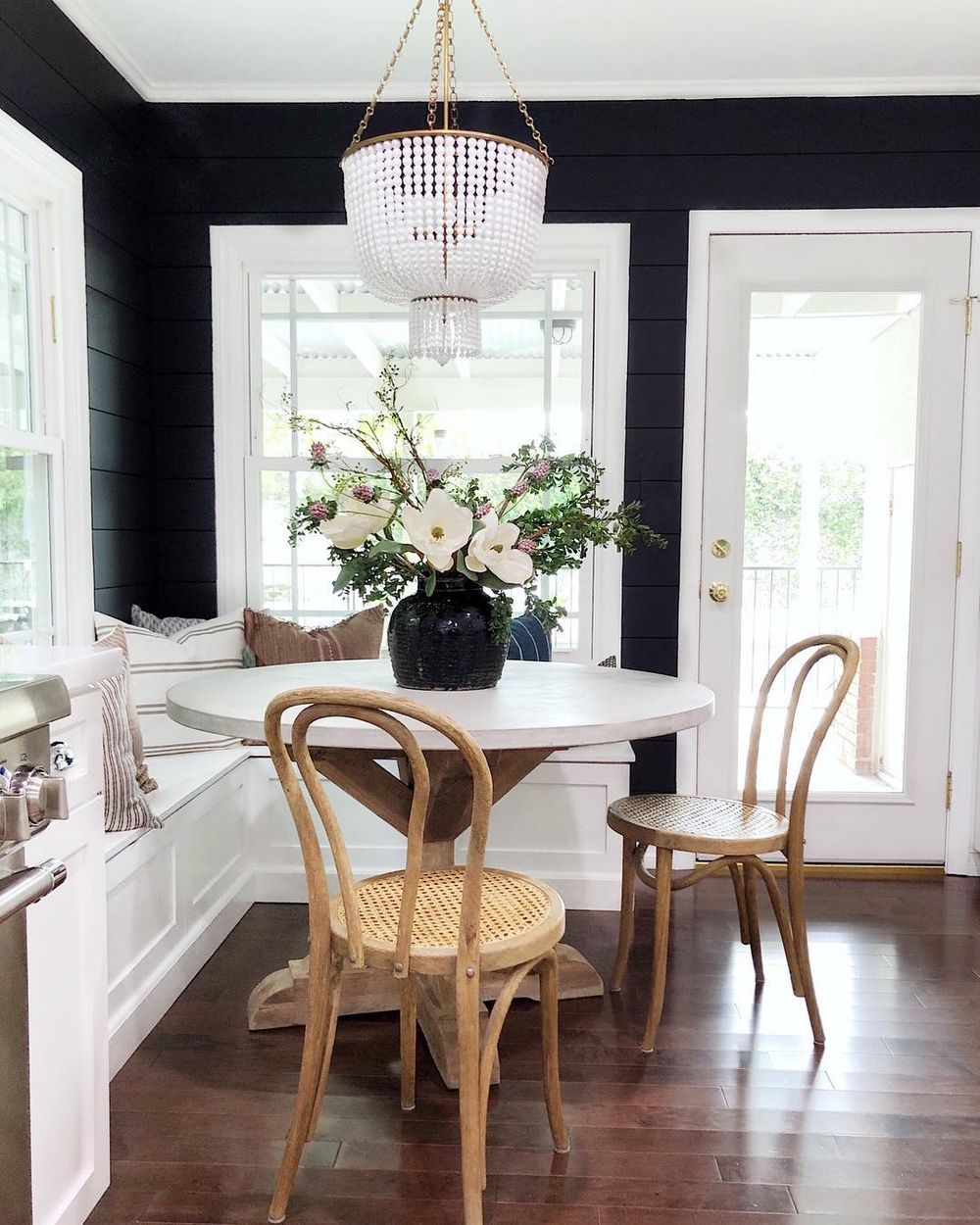
Consider an inset area that can handle a bold contrast without appearing cluttered. This could include a breakfast area, a cozy reading nook, or a spacious window seat niche. Just ensure that your accent space isn't too small, as it might seem awkward or disjointed. For instance, a bold accent wall in a reading nook can add visual interest without overwhelming the space. Similarly, a contrasting color in a window seat niche can create a cozy and inviting atmosphere.
Uninterrupted Rectangular Walls as Accent Features
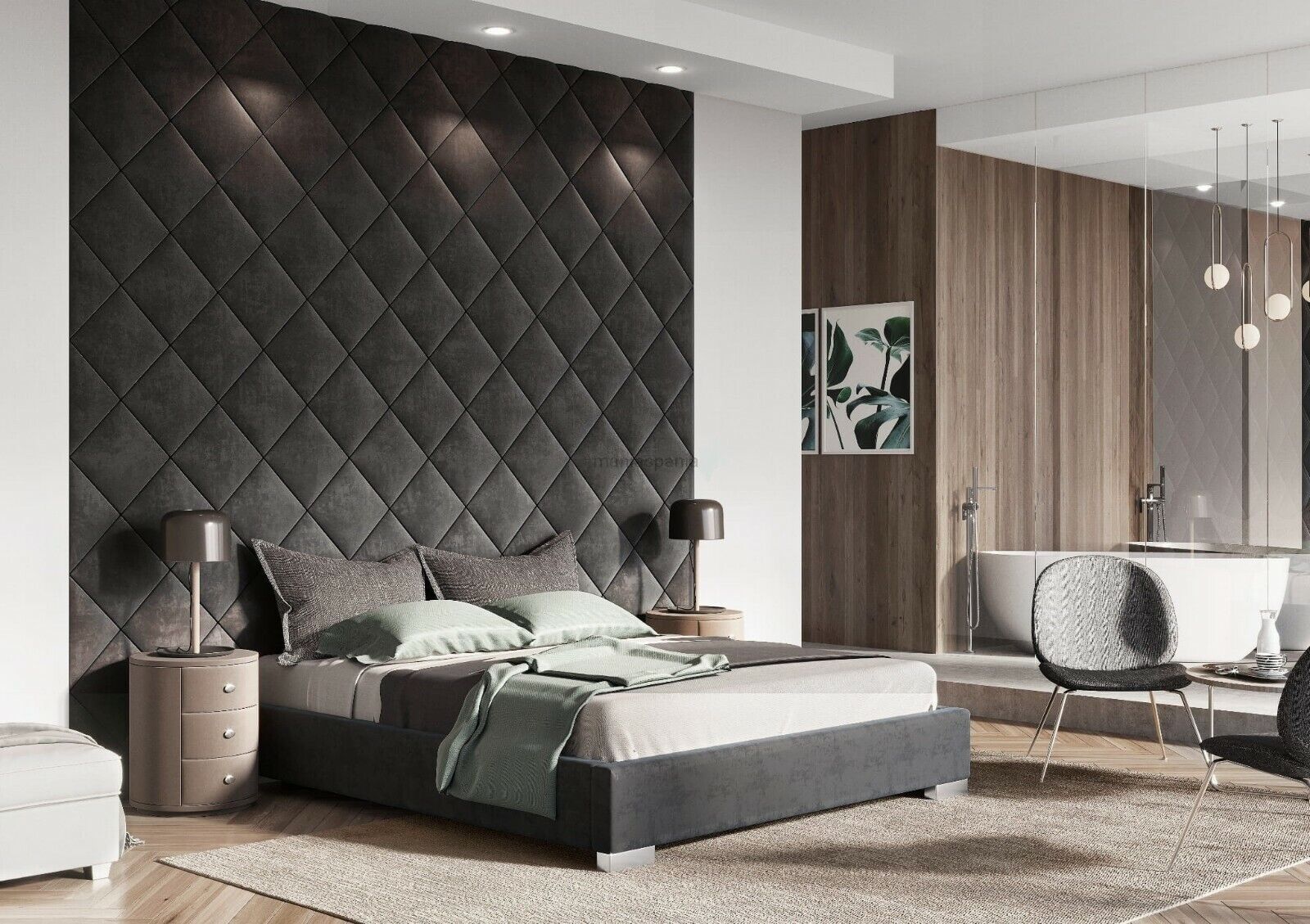
This is the ideal scenario that calls for a feature wall. But aren’t almost all walls already rectangles?
A wall that forms a largely uninterrupted rectangle is the perfect canvas for a feature wall. When we talk about an ideal feature wall, we're referring to a wall with minimal interference from doors or windows. Walls underneath vaulted or cathedral ceilings, where the ceiling line angles upward, may not be the best candidates. Imagine the headboard wall in a bedroom or the TV wall in your living room. Instead of your eye settling on the neat rectangle that frames your accent color or wallpaper, it's trying to make sense of the angled area, which can be challenging to pull off
Walls with lots of interruptions, like doors or windows, could pose problems. If there are windows on your feature wall, they should be symmetrically spaced to balance the visual appeal of the space. Windows create high-contrast pockets of light against your darker accent wall. Your eye is naturally drawn to shapes of contrast before noticing color. The bright spots where the windows are will interrupt your accent color, wallpaper, or featured material significantly.
Symmetrical spacing of windows makes it easier for the brain to process. You can focus on the beautiful color or pattern without distraction. However, if there's a door at one end of the wall and a large window at the other, your accent wall will feel disjointed, which isn't visually pleasing.
In conclusion, be cautious with accent walls that deviate from simple rectangles or have numerous visual interruptions like doors or windows.
Elevating Décor Behind the Shelves
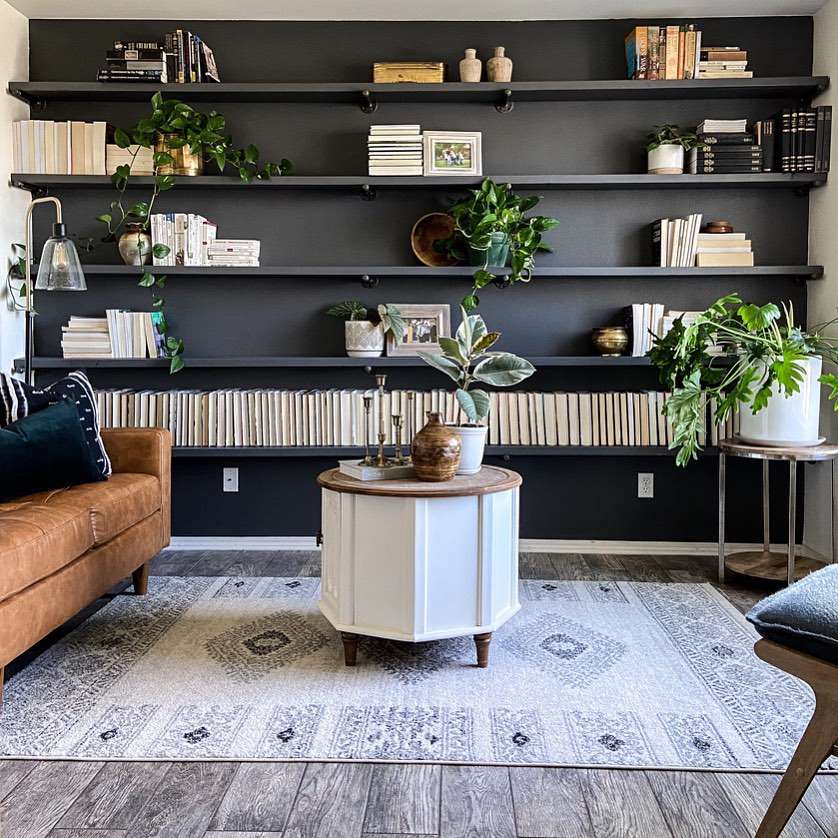
Don't overlook the backs of bookshelves! While technically not an accent wall, the back wall of built-in bookshelves provides a sizable area that can look striking with a contrasting color. For example, painting the back wall of bookshelves in a rich navy blue can add depth and visual interest to a living room or home office. Similarly, opting for a bold red or deep green on the back wall of bookshelves in a study can create a cozy and inviting atmosphere.
Transforming Rooms with Ceiling Accent Colors
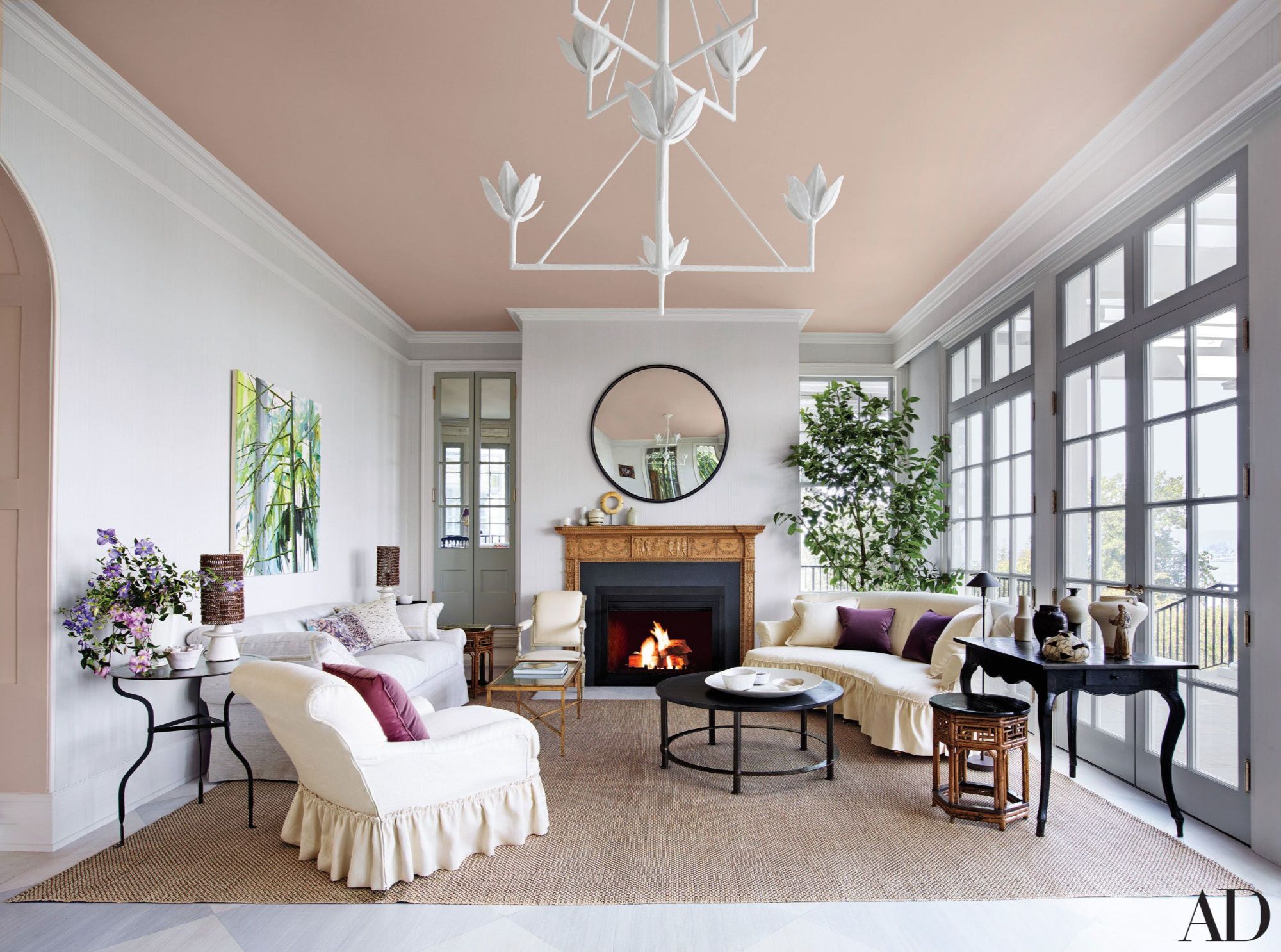
Don't forget about your fifth wall – the ceiling! A classic example is painting the ceiling of a powder bathroom in a bold color. However, if the room allows for it, you could consider painting a larger ceiling area. For instance, in a small bedroom, painting the entire ceiling in a soft blue can create the illusion of a bigger space and add a touch of tranquility. Similarly, in a kitchen with high ceilings, painting the ceiling in a warm gray can help to visually lower the height of the room and create a more intimate atmosphere.
Instances Where They're Not Recommended
Exercise Care When Considering Kitchens or Master Baths
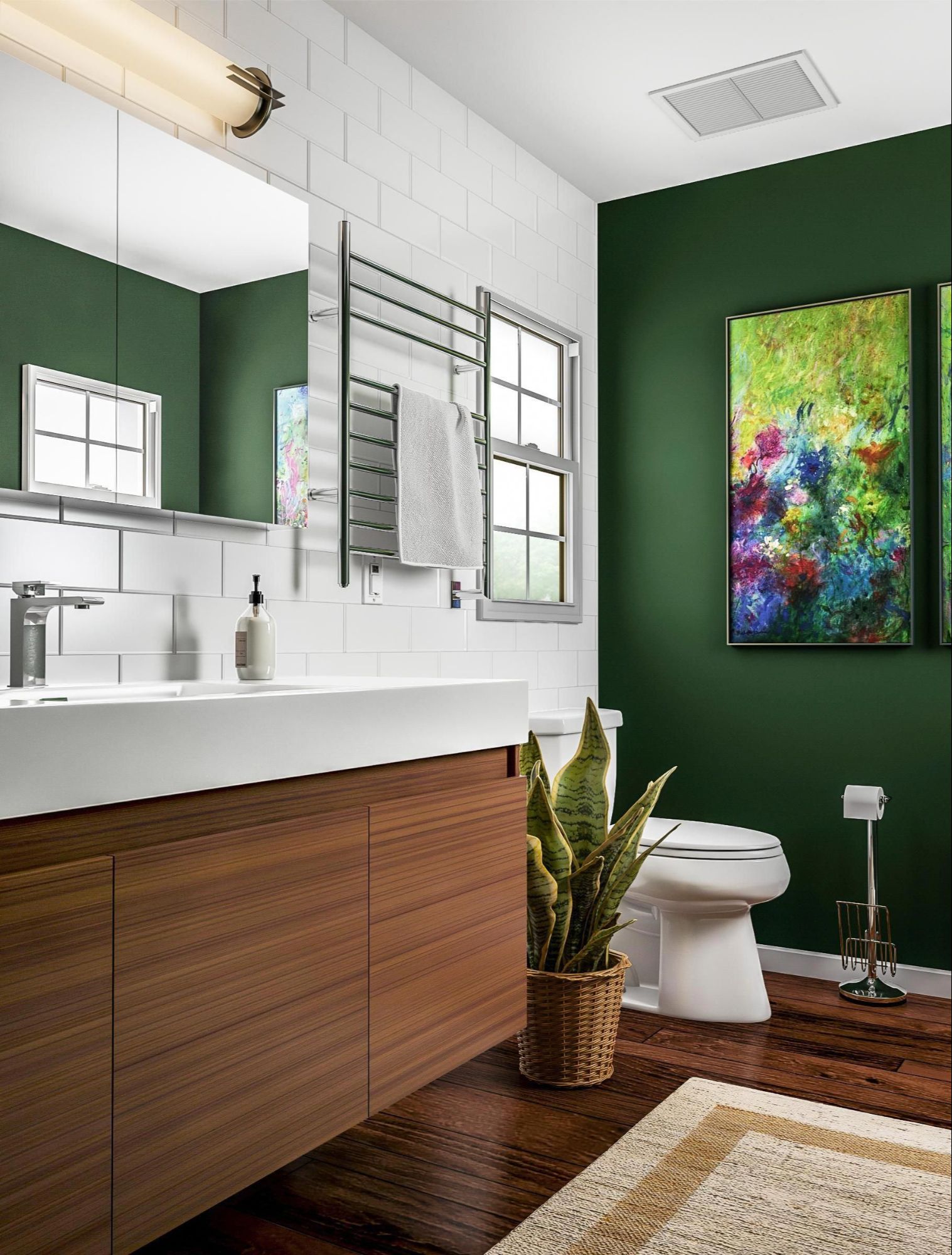
Take caution when considering accent walls in kitchens or master baths. These spaces are often filled with large elements like cabinets, bathroom mirrors, and pantry doors. When you paint the walls in these areas with a contrasting color, it can create a disjointed visual effect. Instead of a cohesive accent, you end up with horizontal and vertical strips of light and dark, resembling a giant Tetris screen.
Keep in mind that an accent wall should be a unified shape that complements your space. It's essential to avoid creating a chaotic appearance with dark contrasting colors surrounding cabinets, mirrors, or doors in a random arrangement. For instance, in a kitchen, painting the wall behind the stove in a bold color can create a striking focal point without disrupting the flow of the space. Similarly, in a master bath, opting for a soft, neutral color on all walls can create a serene atmosphere, allowing the fixtures and décor to stand out without competition.
Steer Clear of Painting Small Niches Unless Spacious
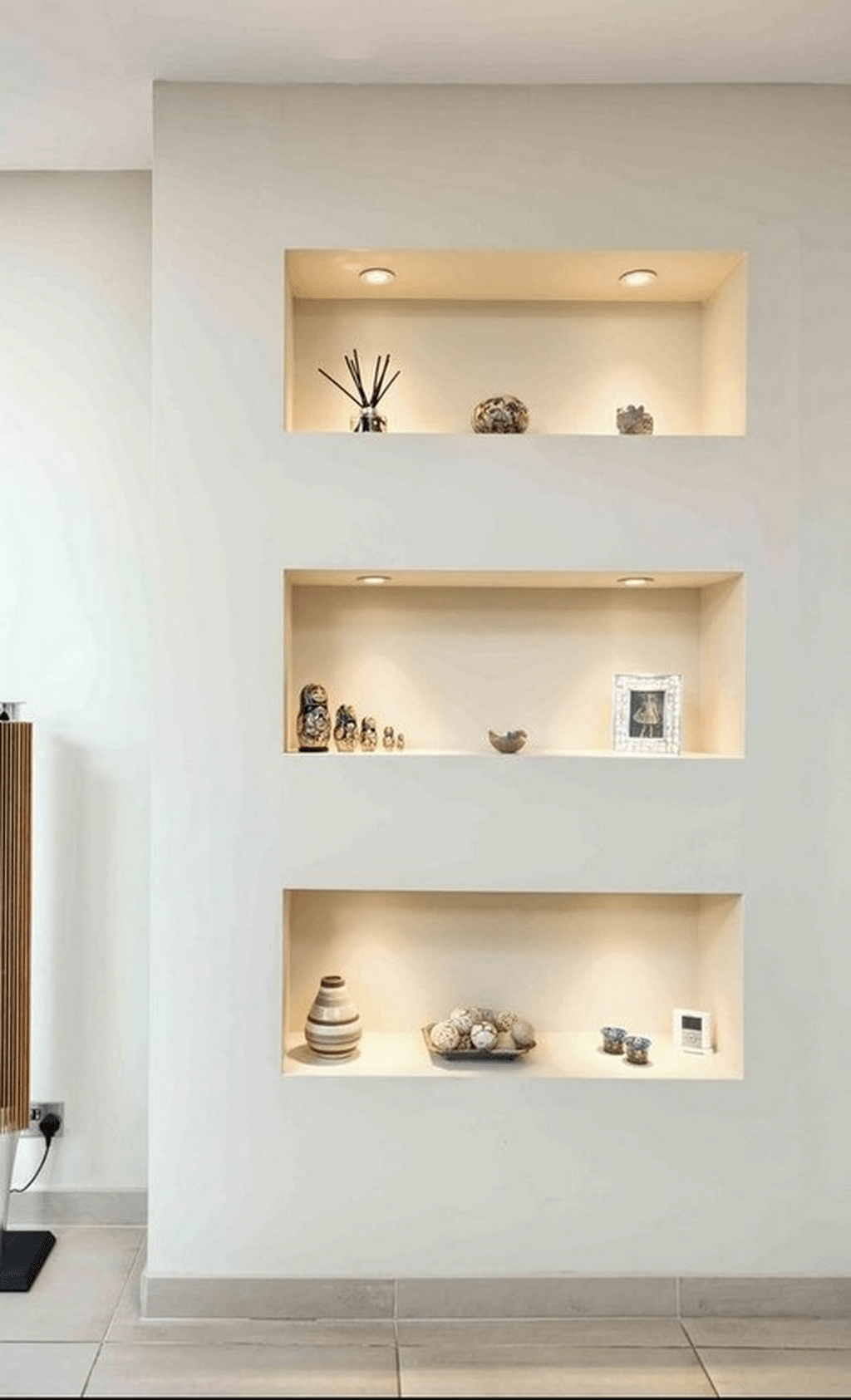
Unless your niches are exceptionally large, it's best to avoid painting them. While it was trendy to paint niches with an accent color in the past, most niches are relatively small, around 3 x 5 feet. When painted with a dark color, these small niches create a choppy contrast in the middle of the wall.
Ideally, small niches would be covered with sheetrock to create a seamless wall. This allows for more flexibility in artwork or furnishings placement. Instead of painting them, let any artwork or sculptures placed in the niches take center stage.
The only exception is for niches that occupy a significant portion of the wall. Even then, the effect can appear forced, as if you were trying too hard to utilize the niche. If your niche is more like a large inset section of the wall, then it can work. For example, a large niche in the living room could be painted with an accent color to create a focal point for displaying artwork or decorative items.
Categories
Recent Posts


